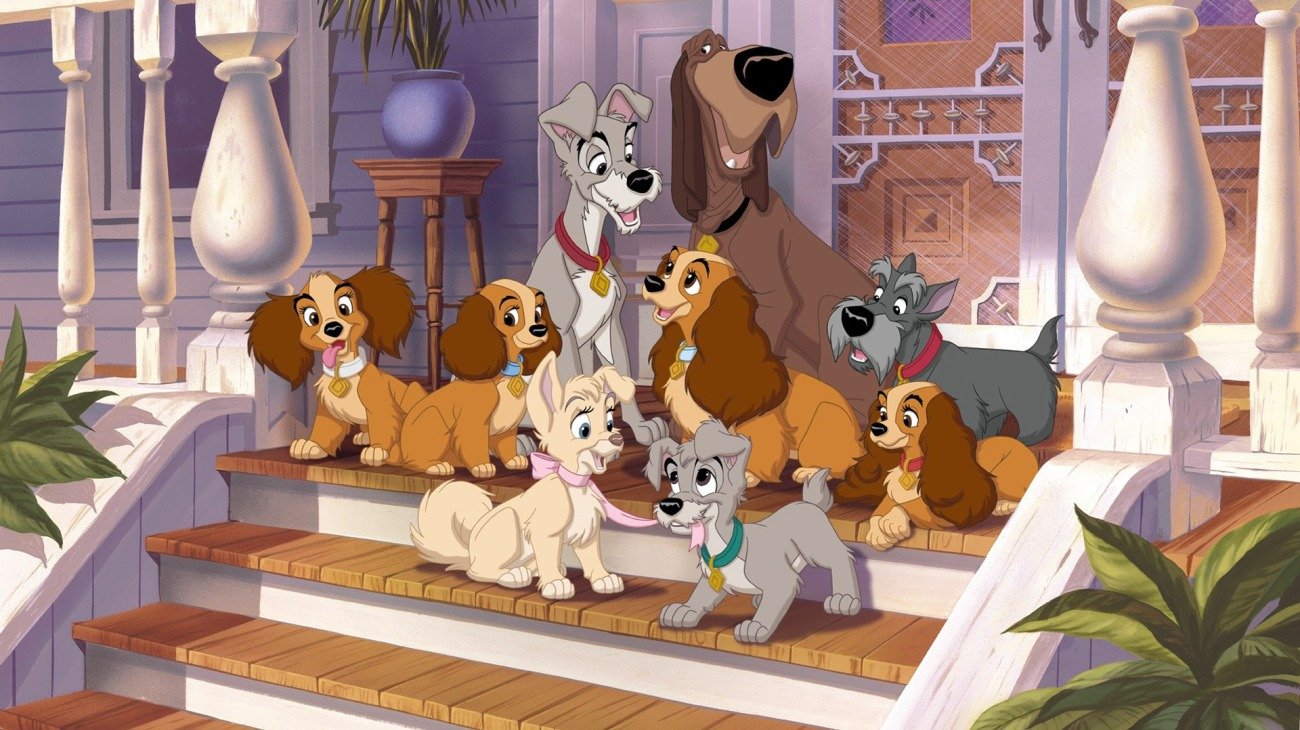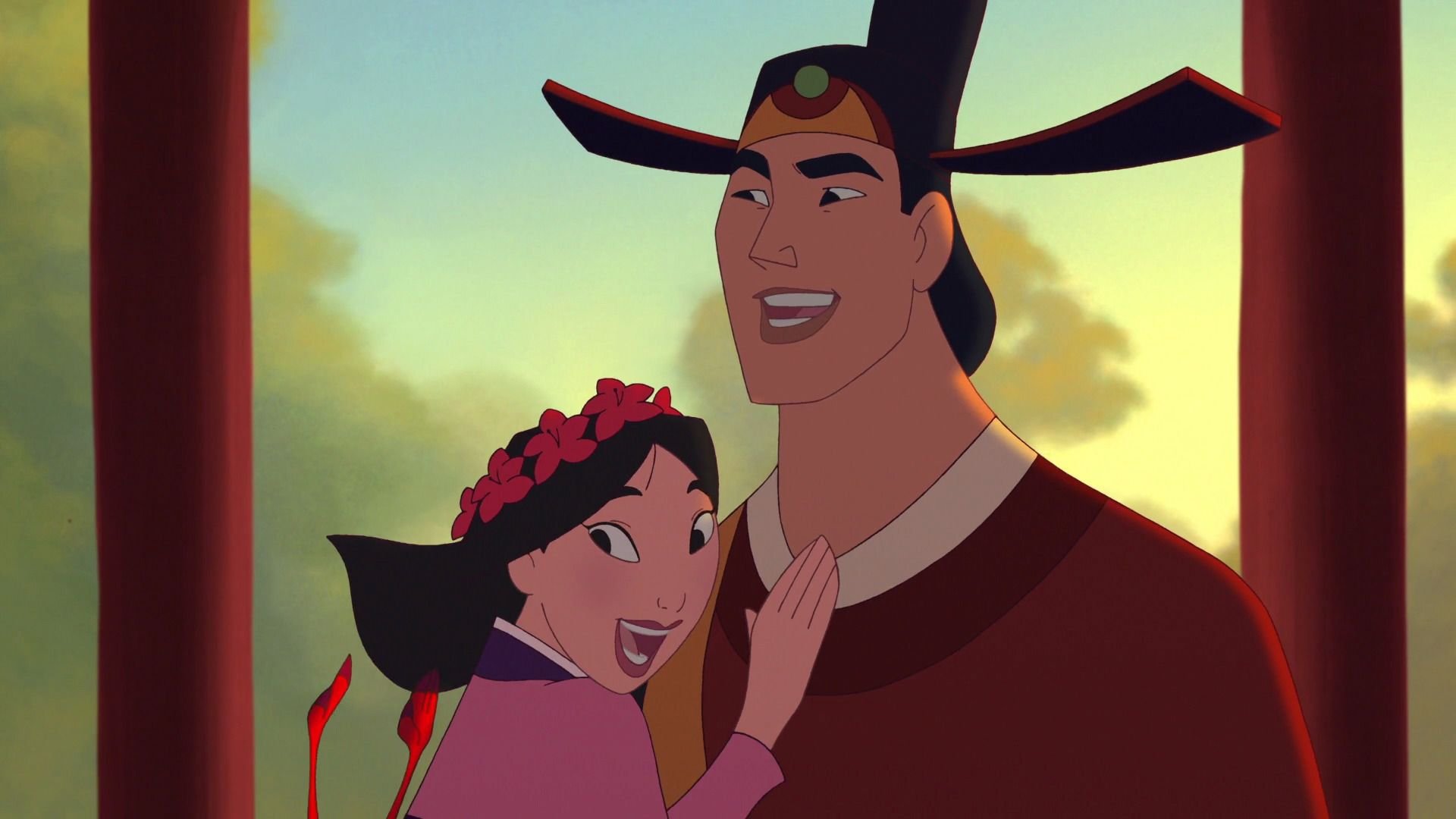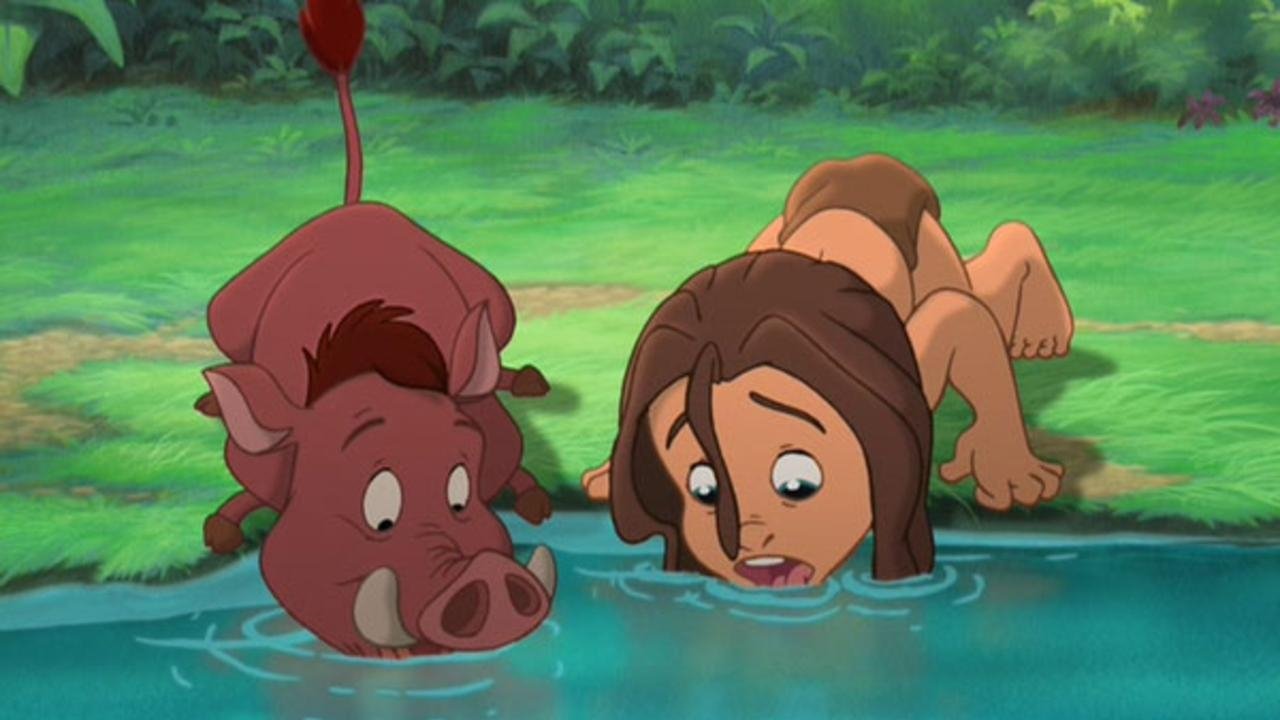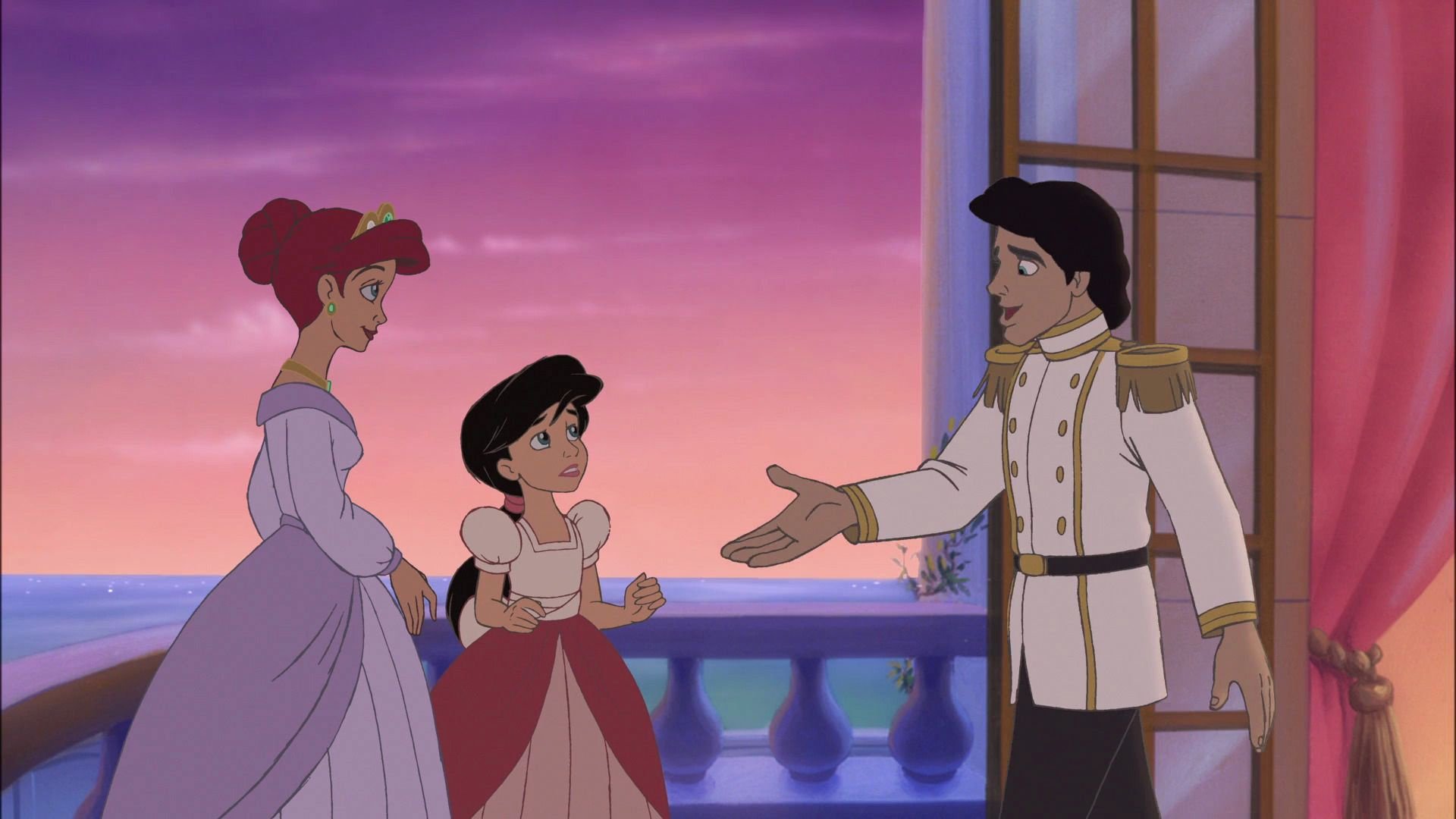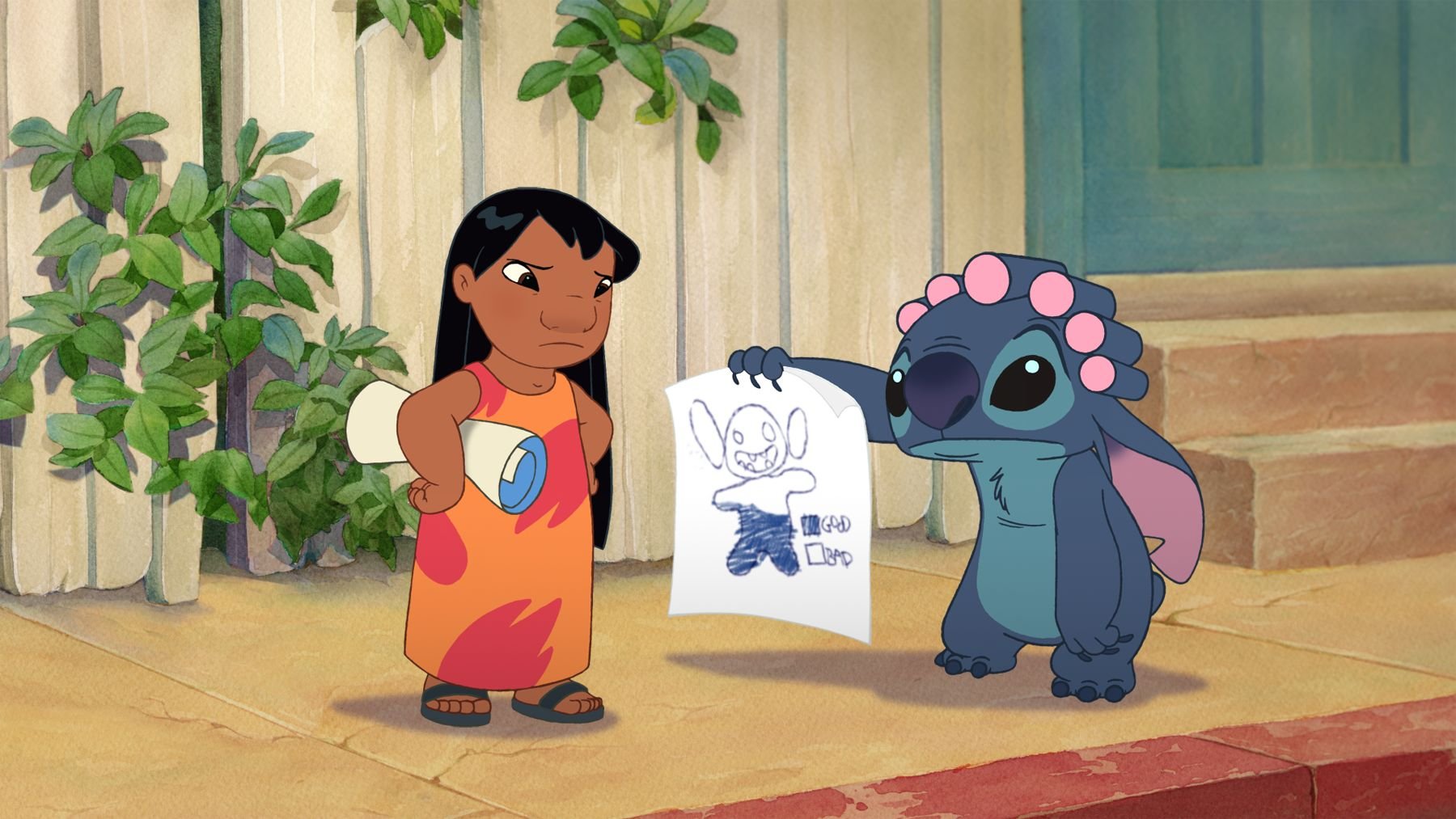The History of DisneyToon Studios
In early 2021, I made a blog post about when Disney began releasing home movies on VHS and what their rental program for those movies was. I also discussed the transition from VHS to DVD, then subsequently, DVD to Disney+. The home video era spanned across 10 years, beginning in 1984 and ending in 1994. These were films that already had theatrical releases, many of them were films from Walt’s time like Pinocchio (1940) and Cinderella (1950), that the studio was trying to attract a new audience to. This process wasn’t a difficult one as the main piece of it had already been accomplished - animating it. However, in the 1980s when Walt Disney Television was founded, Disney began moving toward a new direction… direct-to-video home releases. And thus, DisneyToon Studios was born.
DisneyToon Studios logo. Image from: https://www.youtube.com/watch?v=QU6DrNlCOsQ
Walt Disney Television
With the rise of television and cartoon series through the 1950s and 1960s, Disney didn’t take advantage of it until the 1980s, during the era of Michael Eisner. The Adventures of the Gummi Bears was the first long-running successful Disney cartoon to be created, followed by DuckTales, which surpassed it’s predecessors success immensely. This opened the door to other cartoons to be made in the 1990s, including TaleSpin, Chip ‘n Dale’s Rescue Rangers, and Goof Troop. To celebrate these cartoons, Disney had a 8-month temporary land installed in Disneyland right outside of it’s a small world for families to meet their favourite cartoon characters.
DuckTales the Movie: Treasure of the Lost Lamp (1990)
With the recent success of DuckTales and the exposure it was getting through the late 1980s, the studio decided to take a big leap of faith, and created a feature film dedicated to these Carl Barks characters. The movie would be called DuckTales the Movie: Treasure of the Lost Lamp. Initially, the idea was that the film could be released as a TV movie, as well as split up into a 5-part special to be re-released in the future for all to enjoy. But, instead of going the TV movie route, they decided to give the movie a theatrical release. They gathered together their animators from Who Framed Roger Rabbit?, as well as established animators that then went on to work for DreamWorks and Warner Bros, and they worked on a film that starred Uncle Scrooge McDuck and Donald’s nephews, Huey, Dewey, and Louie. A division of Walt Disney Television then became MovieToons Studios.
The film was released in 1990 and had a $20 million budget, and they weren’t able to make their money back with the gross revenue from the theatrical release. Suffice to say, though it was a bold move to make, it gave the executives an idea of where audiences stood with the transition of TV characters moving into movie characters. A movie idea for Chip ‘n Dale’s Rescue Rangers was trashed, and the Goof Troop movie received a new name as to not mix together too much with the TV series: A Goofy Movie.
DuckTales: Treasure of the Lost Lamp. Image from: https://m.imdb.com/title/tt0099472/mediaviewer/rm1918035200/
The Return of Jafar (1994)
With this new division of animation that was created with the DuckTales movie and A Goofy Movie, the direction of the work shifted from creating theatrical releases of their cartoons, to created direct-to-video sequels of the films that were already popular. It was a risky move at the time since Disney executives hadn’t been fans of creating sequels in the past, but with seeing how profitable the rereleases of Disney classic films on home video was, they decided to try it out with a sequel to Aladdin, called The Return of Jafar. This movie would go on to be the very first direct-to-video movie that Disney had ever done. In terms of the Aladdin canon too, it was the only Aladdin movie that did not feature Robin Williams as the Genie. Williams had expressed his disappointment when Disney used his voice for promotional and merchandise purposes, which he specifically asked them not to.
The film was created in less time than the original, so the production quality is unarguably worse than what you would have hoped for. Majority of the film was animated at the Walt Disney Animation Studios in Australia, where DisneyToon Studios would eventually live entirely. The Return of Jafar saw very mixed reviews, with a highly successful return rate, becoming the 5th best-selling home video in 1994, but had reviews that said it lacked the magic that the original possessed, and seemed like a cheap cash grab. Despite those reviews, the studio saw profits from it, so they decided to continue on with the home video journey.
The Return of Jafar. Image from: https://www.amazon.ca/Aladdin-II-Return-Jafar/dp/B0007NY3AI
The DisneyToon Studios Sequels
From 1994 to 2015, DisneyToon Studios (also called Disney MovieToons) released 45 home movies, and lasted much longer than anticipated. Majority of the movies were sequels of the Renaissance era Disney movies, but some of them were continuations of franchises, such as Winnie the Pooh and the Mickey Mouse cartoons. To ride off of the monetary success of The Return of Jafar, the next film they put out in 1996 was Aladdin and the King of Thieves.
Through the rest of the 1990s, 7 other films were released: Pooh’s Grand Adventure: The Search for Christopher Robin, Beauty and the Beast: The Enchanted Christmas, Beauty and the Beast: Belle’s Magical World, Pocahontas II: Journey to a New World, The Lion King II: Simba’s Pride, Mickey’s Once Upon a Christmas, and Winnie the Pooh: Seasons of Giving.
Aladdin and the King of Thieves. Image from: https://m.imdb.com/title/tt0115491/mediaviewer/rm4116106240/
Belle’s Magical World. Image from: https://mubi.com/films/beauty-and-the-beast-belles-magical-world
The Beauty and the Beast sequels are great examples of how the animation quality really plummeted in comparison to the originals. In the Yesterworld video about DisneyToon Studios, Mark points out that some scenes had still images of the characters if they weren’t talking or interacting, and the drawings don’t move at all in the background.
Many of the Renaissance Disney films had planned television series to be released after their original films depending on how well they did. The Aladdin TV series was eventually released in 1994 with 86 episodes, but some of the other TV series didn’t end up making it to audience’s homes. There was a Beauty and the Beast, Atlantis, and Tarzan series in the works that never aired. So, to not completely waste the time spent on these series, their respective DisneyToon sequels are a few episodes from each stitched together to create a movie. This also contributed to the poor quality many of them had.
From 2000 to 2008, the rest of the sequels were released, such as: An Extremely Goofy Movie, The Tigger Movie, The Little Mermaid II: Return to the Sea, Lady and the Tramp II: Scamp’s Adventure, Cinderella II: Dreams Come True, Return to Neverland, The Hunchback of Notre Dame II, Winnie the Pooh: A Very Merry Pooh Year, 101 Dalmatians II: Patch’s London Adventure, Atlantis: Milo’s Return, The Jungle Book 2, Piglet’s Big Movie, The Lion King 1 1/2, Winnie the Pooh: Springtime with Roo, Mickey, Donald, Goofy: The Three Musketeers, Mickey’s Twice Upon a Christmas, Mulan II, Tarzan II, Lilo & Stitch 2: Stitch has a Glitch, Pooh’s Heffalump Movie, Pooh’s Heffalump Halloween Movie, Kronk’s New Groove, Bambi II, Brother Bear 2, The Fox and the Hound 2, Cinderella III: A Twist in Time, and The Little Mermaid: Ariel’s Beginning.
The Most Successful DisneyToon Sequels
Just like the main production studios, as time goes on, Disney perfects their craft, budgets rise, and more care and attention is spent on their films. By the time 2005 rolled around, Disney actually had the time and money to fix their animation in their sequels. Tarzan II was the first one where there was a visible improvement in the animation.
One of the most beloved Disney classic sequels that I have seen is The Little Mermaid II: Return to the Sea. The addition of Ariel and Eric’s daughter Melody gave audiences a look into their life after the original film. It was the 10th most successful home video of the year 2000.
The Lion King 2: Simba’s Pride and The Lion King 1 1/2 also saw a lot of love come in for it, though neither compared to the absolute gravity of the first one. At the time of the release of The Lion King in 1994, it brought in just over $300 million domestically. The Lion King 2 brought in about the same amount with the number of copies sold. Though The Lion King 1 1/2 did not reach that amount of success, it was still voted as satisfactory from many audiences.
Lilo and Stitch 2: Stitch has a Glitch was one of the other sequels that faired well against its predecessor, much like Tarzan II, the quality of animation wasn’t too far off from the original. It was also a good way to test the public to see if the later Lilo and Stitch series would be a hit.
The Closure of DisneyToon Studios
After 2008, DisneyToon Studios focused on an all-new franchise that would see much success: the Disney Fairies. Tinker Bell would become the center of a new computer animated film series that had 6 original films, including: Tinker Bell and the Lost Treasure (2009), Tinker Bell and the Great Fairy Rescue (2010), Pixie Hollow Games (2011), Secret of the Wings (2012), The Pirate Fairy (2014) and Legend of the NeverBeast (2015). Though these sequels enjoyed massive success, it was decided back in 2008 that the studio would close and not produce any other new sequels outside of these planned projects. Other sequels that were scrapped were sequels to Dumbo, Snow White, Pinocchio, and more. The closure was decided by the newly appointed chief creative officer John Lasseter, who despised the DisneyToon sequels. Around this time as well, the Walt Disney Animation Studios Australia also closed, which took away the main source of the DisneyToons production. Since the Tinker Bell movies continued to be produced until 2015, the final closure of that department closed in 2018 after John Lasseter’s resignation.
Tinker Bell. Image from: https://www.alternateending.com/2013/06/disney-sequels-a-tinkers-damn.html
Reference list:
https://www.youtube.com/watch?v=Tg73Mj4QX8E
https://disney.fandom.com/wiki/Disneytoon_Studios
https://disney.fandom.com/wiki/DuckTales_the_Movie:_Treasure_of_the_Lost_Lamp#Development
https://disney.fandom.com/wiki/The_Return_of_Jafar
https://en.wikipedia.org/wiki/List_of_best-selling_films_in_the_United_States#1993%E2%80%931995
https://www.boxofficemojo.com/release/rl3730736641/weekend/
https://en.wikipedia.org/wiki/The_Lion_King_II:_Simba%27s_Pride#cite_note-29
https://en.wikipedia.org/wiki/The_Little_Mermaid_II:_Return_to_the_Sea#cite_ref-9





